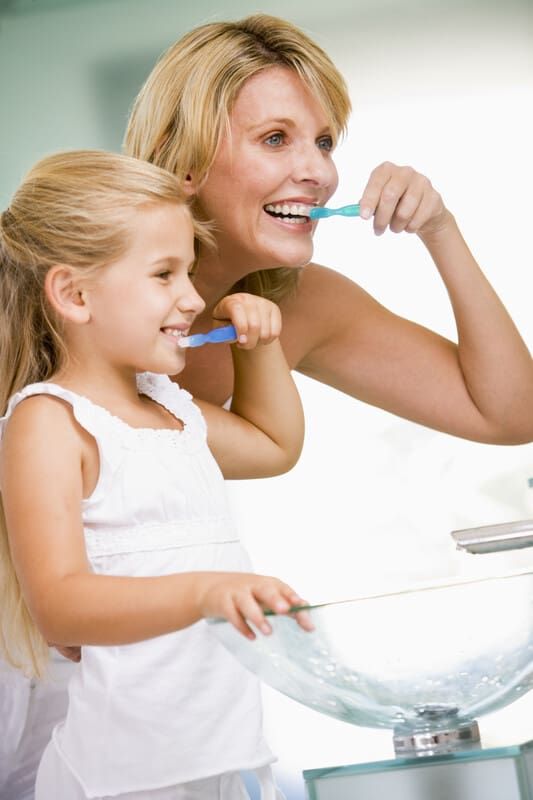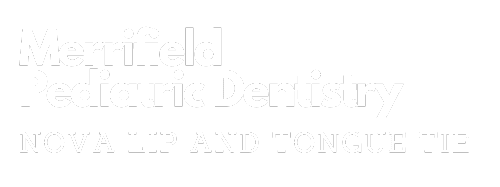One of the easiest ways to know your child is ready to brush their own teeth is when they’re able to tie their own shoes. Some kids learn earlier than others, while good dexterity may be something that comes much later for other children.
Encourage Early Independence
Even if your child isn’t able to brush their teeth thoroughly by themselves, you can still encourage them to brush and floss independently once they start showing some interest. For some, they might be 2-3 years old. Stand side-by-side at the bathroom sink, brushing your own teeth while they mirror you with their own toothbrush. Children learn through play, repetition, and mimicking others. So, it only makes sense to have them “brush” by themselves, even if they still need some help to do it.
Always Follow Up Behind Them
Any time your child brushes their own teeth, to prevent a possible dental emergency, you need to be going back and checking their smile afterward. In the early years, this will probably be twice a day. As your child becomes more independent, checking their teeth before bedtime is perfectly fine.
Our Dunn Loring pediatric dentist recommends brushing your child’s teeth for them right before bed (after they’ve brushed their own teeth) until you feel their personal hygiene skills are up to par. By that point, you can just visually check their teeth for signs of plaque buildup along the gumlines to make sure they’re getting everything.

What About Flossing?
Like toothbrushing, flossing also takes practice. It’s something your family needs to do daily, as brushing can’t clean between teeth. Regular flossing in dental care is essential to prevent tooth decay and gum disease in people of all ages.
For kids, flossing is usually easier with a small handheld floss aid, such as a floss pick. But as their back adult teeth start to erupt and your child turns into a teen, regular floss is easier to maneuver throughout their mouth.
Choosing an Appropriate Toothbrush and Toothpaste
Kids love to copy their parents. But part of brushing means using age-appropriate products. Encourage your child to help choose a toothbrush with a smaller head that’s easier to maneuver around their small mouth. If your child is petite for their age, size down. The toothbrush should only be big enough to cover about two teeth at a time.
Pick a fluoridated toothpaste to use. The ADA recently modified its recommendations on fluoride toothpaste for kids, as it’s essential in healthy enamel development and cavity prevention. For the earliest teeth coming in, use a rice-grain sized smear of fluoride toothpaste. As your child gets older and can spit/rinse on their own, move to a pea-sized amount.
Customized Oral Hygiene Plans
During your child’s checkup at Merrifield Pediatric Dentistry, Dr. Monamie Ghatak and our staff will talk through specific hygiene needs or concerns that your family has. From there, we’ll recommend specific types of items you can use to make your child’s independent oral hygiene journey a successful one!
Looking for the best local children’s dentistry team? Call today to schedule!


